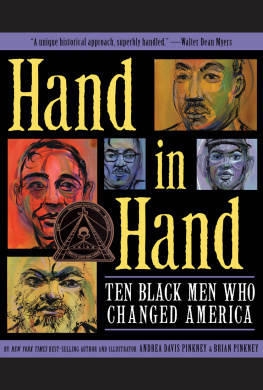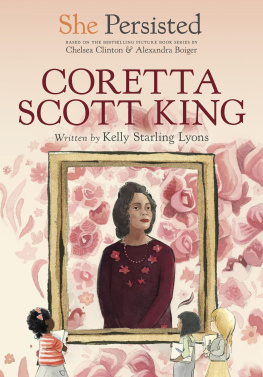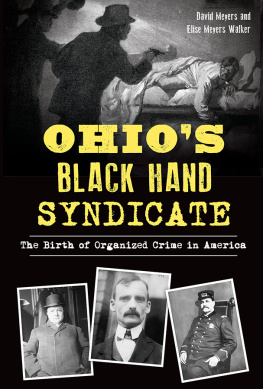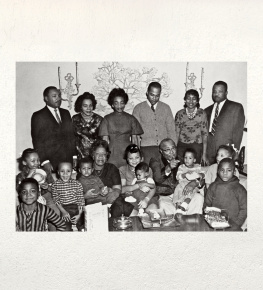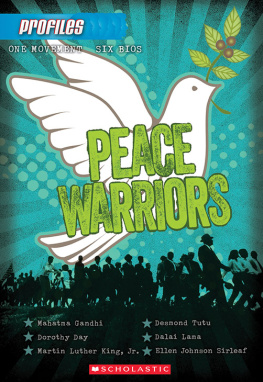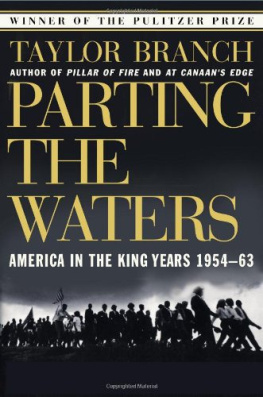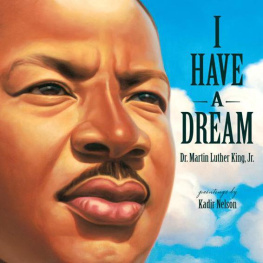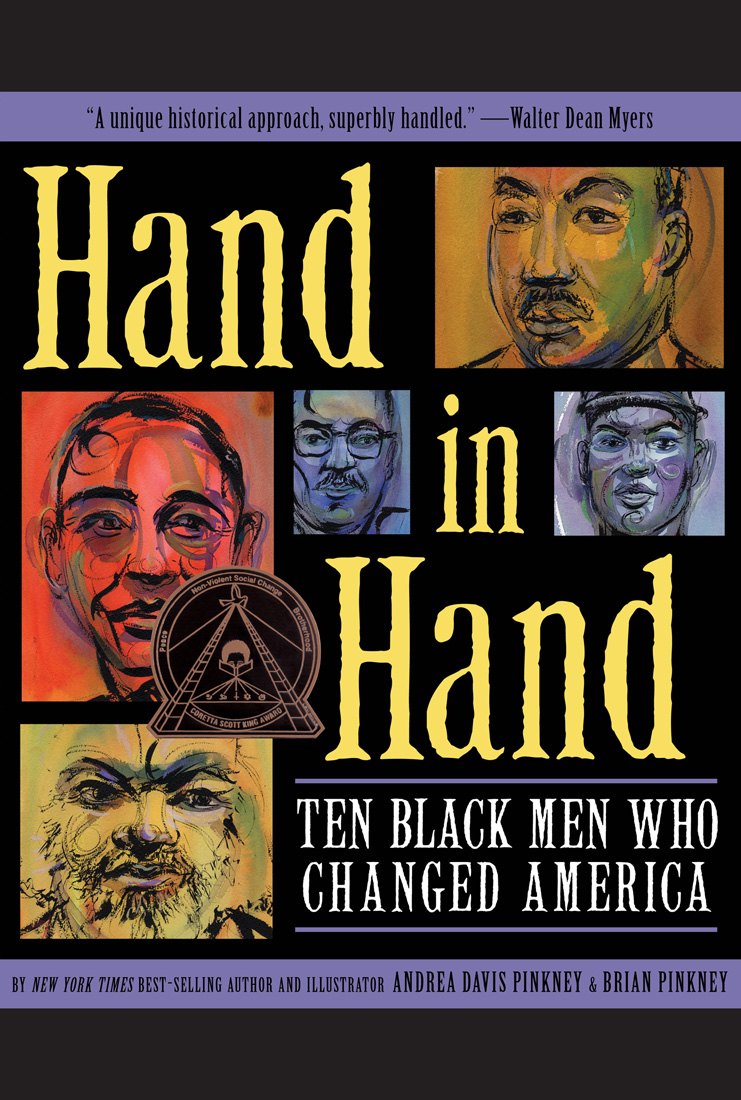A.D.P.
B.P.
All rights reserved. Published by Disney Jump at the Sun Books, an imprint of Disney Book Group. No part of this book may be reproduced or transmitted in any form or by any means, electronic or mechanical, including photocopying, recording, or by any information storage and retrieval system, without written permission from the publisher. For information address Disney Jump at the Sun Books, 114 5th Ave, New York, New York 10011-5690.
T HIS BOOK WAS IGNITED by the beautiful hands of a black man. Or, as it were, the hands of several men whose complexions ranged from buff to midnight.
One summer, years ago, I was invited to attend a literacy institute at the University of Illinois at Chicago (UIC). The program had been developed by Dr. Alfred W. Tatum, literacy professor at the UIC, and director of the UIC Reading Clinic. Its purpose was to foster literacy and creative expression through writing in African American boys ages thirteen to eighteen. The program participants, who referred to themselves as Brother Authors, began each days three-hour session by standing and reciting their Preamble.
When I came to visit them, they were eager to share this introduction to their mission:
We, the Brother Authors, will seek to use language to define who we are.
We will become, and nurture, resilient beings. We will write for the benefit of others and ourselves.
We will use language prudently and unapologetically to mark our times and our lives.
This we agree to, with a steadfast commitment to the ideals of justice, compassion, and a better humanity for all.
To this end, we write!
I was immediately struck by the fortitude and passion of these boys-to-men. Also inspiring was the posture with which they delivered their Preamble. The boys stood erect, proud, side by side, holding fast to their bright futures. They were of every beautiful hue that God must have conceived of when He stirred his palette to create the black raceamber, oak, mocha, red bark, vanilla bean.
These young men sought life direction in the books they read. They wanted to hear the stories of black men who had accomplished great things. They cared deeply about social justice, civil rights, laws affecting them and the African American community, the history of black people, and the tradition of achievement built by black men. They were hungry for role models. They wanted shoulders to stand on. They had high hopes as they approached adulthood. They affirmed themselves and one another.
There was never a question of if they could succeedthese kids had very straight-ahead ideas about what they would accomplish when they reached their goals. But as children who found strength through reading and writing, they wanted more books to reflect their ideals and to serve as stepping-stones to their manhood.
After spending time with these Brother Authors, I knew I had to write Hand in Hand. Their determinationand the image of them standing united, side by sideleft an indelible impression on me.
Id grown weary of so much bad press and ignorant stereotyping of black males. I have become acutely aware of the negative impact this has, especially on boys who are developing their self-image. Even in its subtlest forms, this bad press can stitch a corrosive thread into a kids psyche and cause him to believe he is inferior or flawed. Once this belief is established, it can be hard to turn around. Yet here was a group who refused to give way to such negativity. These boys restored my faith, and inspired me to get cracking on a book that celebrates black male achievement.
I wanted to create a testament to African American males, a comprehensive book that would also serve as a thank-you gift to all the positive black men who have touched my life and the lives of people I will never meet.
While this volume is comprised of ten different stories, when woven together like a chain, the individual accomplishments of these men link up to tell one storya story of triumph.
Folks will no doubt ask why Ive chosen the ten men featured in these pages. Selecting the candidates whose lives I would illuminate was one of the hardest aspects of Hand in Hands creation. This collection could contain hundreds of stories! There are so many black men who have made a tremendous impact on racial progress in America. My initial list was a long one, from which I created my own black legacy time line.
It was important to span Americas history, from the Colonial period to the Civil War to the turn of the century, World War I, the Great Depression, the Civil Rights movement, to our modern day. I found it essential to include men from varied sectors. And, rather than simply presentinga snapshot of each, I wanted the freedom to delve into the early lives,influences, and motivations that led to the accomplishments of the men inthe collection. I was eager to explore the humanity that makes each manunique. Keeping the list to ten allowed me to do this. Also, each of thesemen had a hand in shaping Americas progress, hence the books title, Hand in Hand: Ten Black Men Who Changed America.
As I conducted my research and began to write, I continued to grapple with which men would make the cut. The Brother Authors helped in this. The individuals I chose are among those whose names kept coming up on their racial-pride radar.
Once Id come to a final decision about which men would be included, it was time to determine the ordering of the stories. Who should come first, second, and so on? This was resolved by presenting the men chronologically by birth date.
The research on each notable figure took me on an incredible journey. While there exist countless books about African Americans and the ongoing quest for equality, few provide the breadth of personal detail that I wished to include in each mans story. In thinking about

